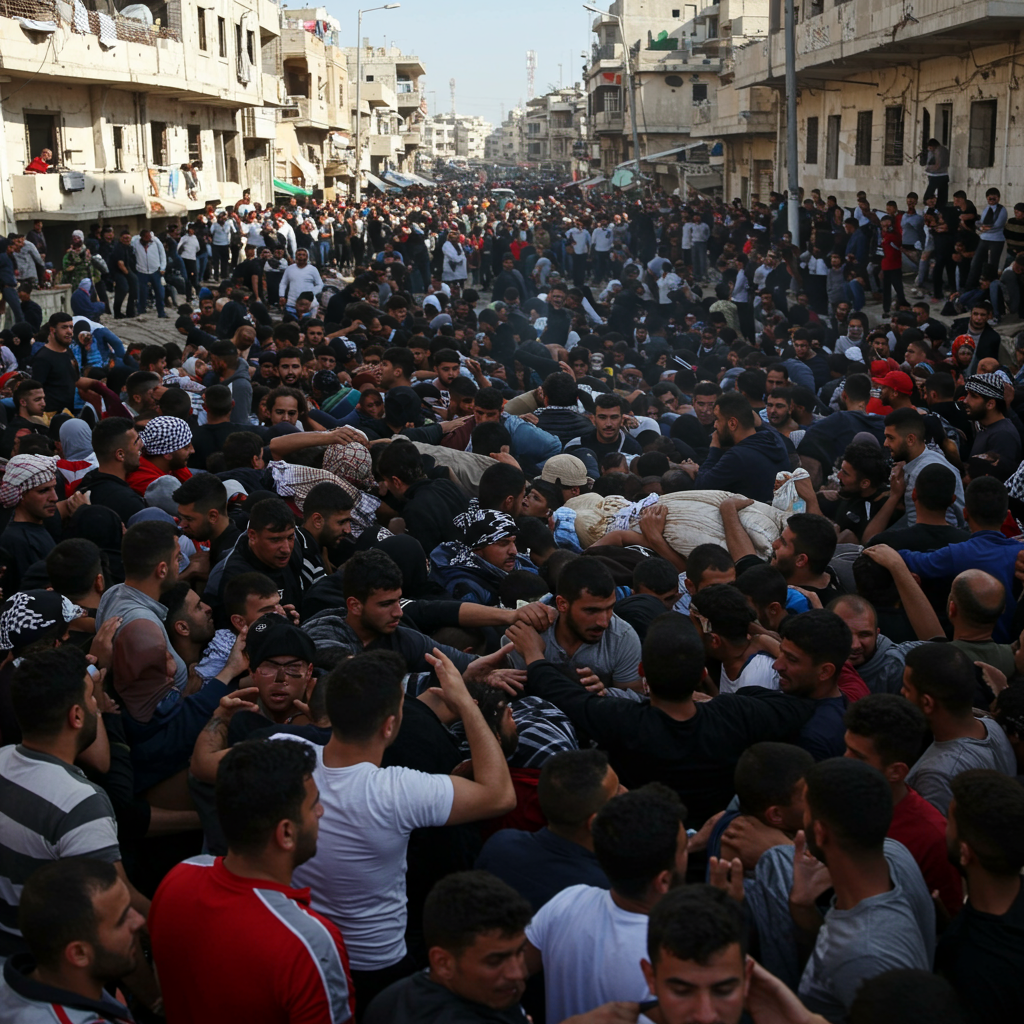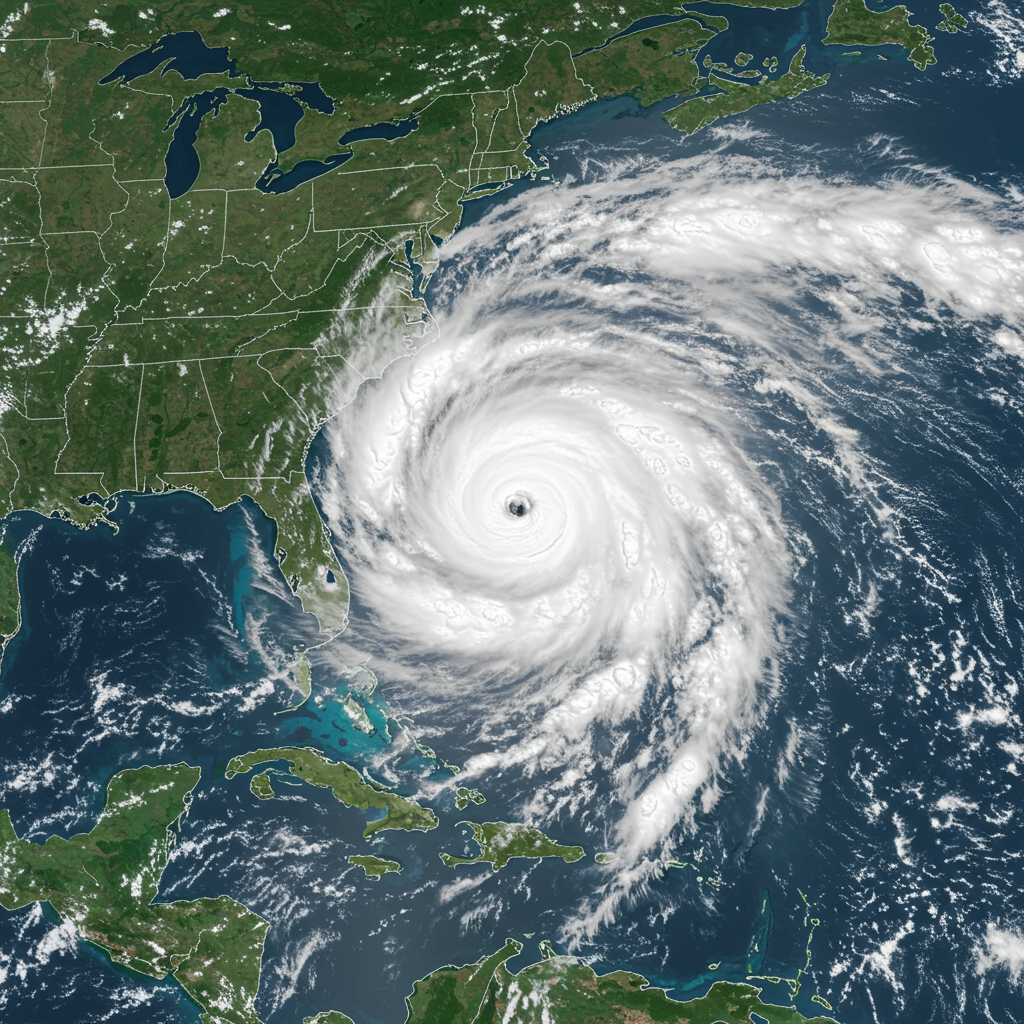The humanitarian crisis in Gaza escalated sharply on a recent Sunday, as a devastating incident unfolded in the northern Strip. Dozens of Palestinians, desperate for sustenance, were killed and scores more wounded while attempting to access critically needed food aid. This event marked one of the deadliest days for civilians seeking assistance in the conflict, highlighting the perilous conditions facing Gaza’s over two million residents amidst ongoing hostilities and a severe blockade.
A Deadly Pursuit for Survival in Northern Gaza
On that tragic Sunday, at least 79 Palestinians lost their lives in northern Gaza, as reported by local health authorities. They had gathered near the Zikim border crossing, where a United Nations World Food Program (WFP) convoy, consisting of 25 trucks, attempted to deliver aid to “starving communities.” The WFP confirmed its convoy encountered “massive crowds of hungry civilians which came under gunfire.” Witnesses described a chaotic and terrifying scene, with some reporting that Israeli forces opened fire directly at the crowds. UN footage captured Palestinian men fleeing amidst the sound of automatic gunfire.
Eyewitness accounts paint a harrowing picture. Ehab Al-Zei, who had not eaten bread in 15 days, described tanks surrounding them, trapping them under a barrage of gunshots and strikes for about two hours. Another injured survivor, Nafiz Al-Najjar, claimed tanks and drones targeted people “randomly,” resulting in the deaths of his cousin and others. These accounts underscore the extreme danger civilians face merely in the pursuit of basic necessities.
Gaza’s Deepening Humanitarian Catastrophe
This fatal incident is a stark symptom of Gaza’s catastrophic humanitarian situation. The extensive Israeli blockade, ongoing for months, has pushed the region to the brink of famine. Basic supplies, including fuel, are critically scarce. The lack of resources is so severe that victims from the Sunday shooting were often transported to al-Shifa Hospital in Gaza City on donkey carts, as ambulances lacked fuel or were unavailable. The Gaza Health Ministry has reported many deaths linked directly to a lack of food and severe malnutrition, particularly among children.
The United Nations Relief and Works Agency (UNRWA) has condemned the situation, stating that Israeli authorities are “starving civilians in #Gaza,” including a million children. Aid organizations like World Central Kitchen have reported running out of essential ingredients for warm meals. This dire reality means that every aid convoy becomes a magnet for thousands of desperate people, creating volatile and dangerous situations.
Conflicting Narratives and Widespread Casualties
The Israeli Defense Forces (IDF) acknowledged the gathering of thousands of Gazans and stated that soldiers fired “warning shots” to “remove an immediate threat” to troops. The military, however, did not provide further details on the nature of this threat and disputed the casualty figures provided by Gaza officials, though it offered no alternative numbers. This marks a recurring pattern; the IDF has issued similar statements following other incidents involving aid-seekers and gunfire near distribution sites.
Beyond the major Sunday incident, other fatal encounters occurred across the enclave. The Gaza Health Ministry reported additional shootings near other aid distribution points, contributing to a broader death toll. As of recent months, the UN has documented hundreds of individuals killed while attempting to obtain food, many near US- and Israeli-backed Gaza Humanitarian Foundation (GHF) sites, and others near UN-run aid convoys. These widespread casualties highlight a systemic issue of safety for those seeking humanitarian assistance.
Challenges in Aid Distribution and Controversial Foundations
The distribution of aid in Gaza is fraught with immense challenges. Damaged roads, ongoing airstrikes, and Israeli military restrictions significantly hamper UN efforts. The Gaza Humanitarian Foundation (GHF), a private organization operating with Israeli and US backing, has emerged as a controversial player. While Israel hopes the GHF can replace the previous UN aid system – which Israel claims, without evidence, allowed Hamas to divert aid – UN agencies and major aid groups have criticized the GHF as impractical and inadequate.
Critically, some aid distribution sites, particularly those associated with the GHF, have been described by critics as “human slaughterhouses” or “execution sites” due to repeated attacks. Despite the GHF claiming its sites operated “without incident,” reports from medics and witnesses detail numerous fatalities and injuries near these locations. Rights groups have even warned the GHF of potential liability under international law. UN officials, including Jens Laerke from OCHA, have called the GHF system a “failure” from a humanitarian standpoint, emphasizing its inability to deliver aid safely and effectively where needed.
Eyewitness Accounts and International Response
The human cost of these events is profound. An eyewitness, Rebhi al-Masri, recounted seeing Israeli troops open fire as crowds rushed aid trucks, with her brother-in-law shot in the neck and chest, another relative in the pelvis, and her brother going missing in the chaos. Such personal tragedies underscore the severe psychological toll on a population already enduring immense suffering.
The international community has voiced concerns. A top UN official in Gaza, Jonathan Whittall, was denied a visa renewal by Israel after criticizing the military’s shooting of Palestinian aid-seekers, describing the situation as “carnage” and a “death sentence.” This incident highlights tensions between humanitarian organizations and Israeli authorities regarding aid access and civilian protection. The broader conflict, ignited by the October 7, 2023, Hamas attack, continues to claim tens of thousands of Palestinian lives, predominantly civilians, and has led to the displacement of over two million people within the densely populated Strip.
Frequently Asked Questions
What specifically happened during the Gaza aid convoy incident?
On a recent Sunday, large crowds of Palestinians gathered in northern Gaza, desperate for food aid from a UN World Food Program convoy. Local health authorities reported that at least 79 people were killed and many more wounded after crowds came under gunfire. Witnesses described direct firing by Israeli forces at civilians, while the Israeli military stated it fired “warning shots” at a perceived threat. This incident occurred amidst extreme food scarcity and desperate conditions in the region.
How does the current aid distribution system in Gaza operate, and what are its major challenges?
Aid in Gaza is primarily delivered via convoys, often through specific border crossings like Zikim. Challenges include damaged infrastructure, military restrictions, and ongoing hostilities that make safe passage difficult. The US- and Israeli-backed Gaza Humanitarian Foundation (GHF) has been introduced to facilitate aid, but it faces significant criticism from UN agencies and other aid groups. These organizations argue the GHF is insufficient, ethically questionable, and has been associated with numerous civilian casualties, further complicating aid delivery to a population on the brink of famine.
What is the broader humanitarian impact of the ongoing conflict on Gaza’s population?
The conflict has devastated Gaza’s population of over two million. A prolonged blockade has led to severe food insecurity, with many facing famine-like conditions. Mass displacement is widespread, with most residents forced to relocate multiple times, often to overcrowded, unsanitary tent camps like Muwasi. Essential services, including healthcare, are collapsing due to lack of supplies and damaged facilities. The Gaza Health Ministry reports over 58,800 Palestinian deaths since October 7, 2023, with more than half being women and children, highlighting the immense human cost.
A Call for Unimpeded Humanitarian Access
The tragic Gaza aid shootings underscore the urgent need for unimpeded humanitarian access and the protection of civilians in conflict zones. With a population pushed to the brink of starvation and facing constant peril, the international community continues to call for an immediate ceasefire and the establishment of safe, reliable mechanisms for aid distribution. The desperate pursuit of food should never come at the cost of human lives, and accountability for such incidents remains critical. The ongoing crisis demands a coordinated global response to alleviate suffering and ensure basic human dignity.




